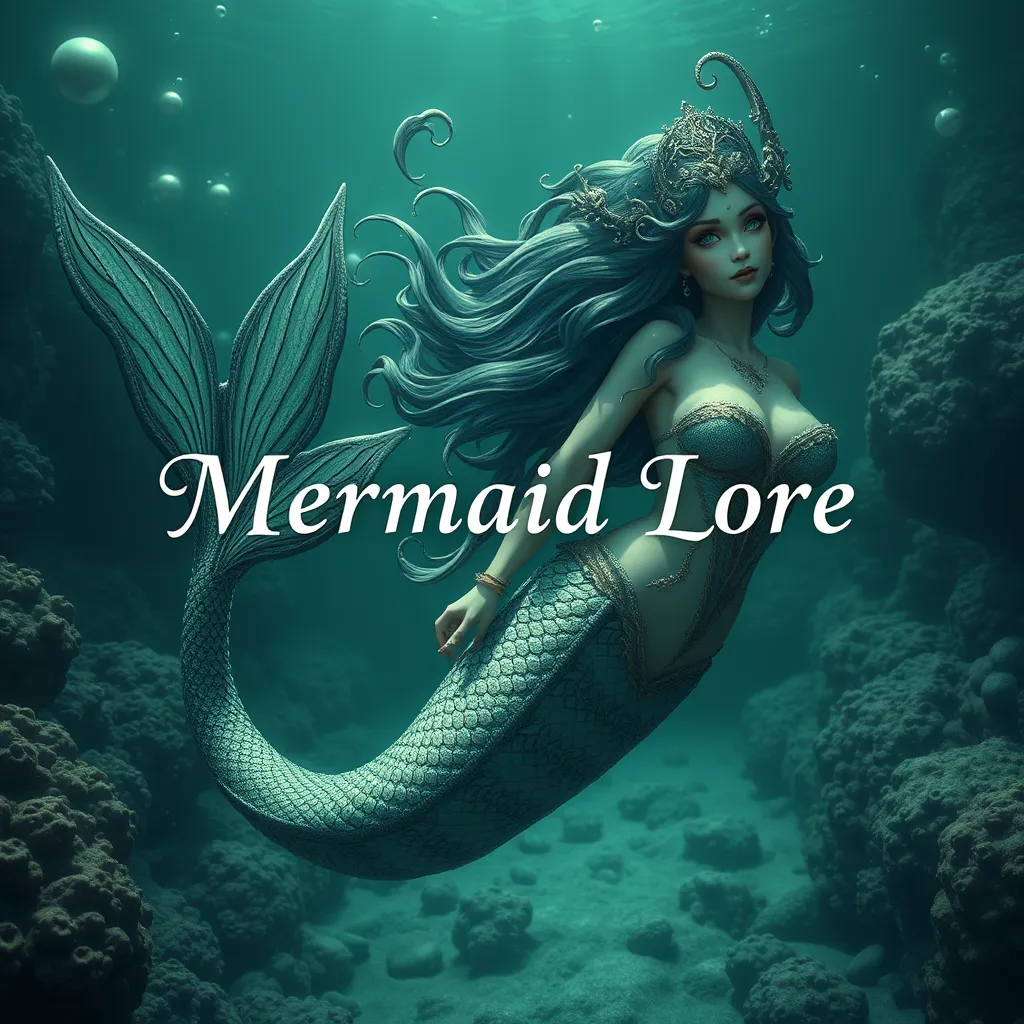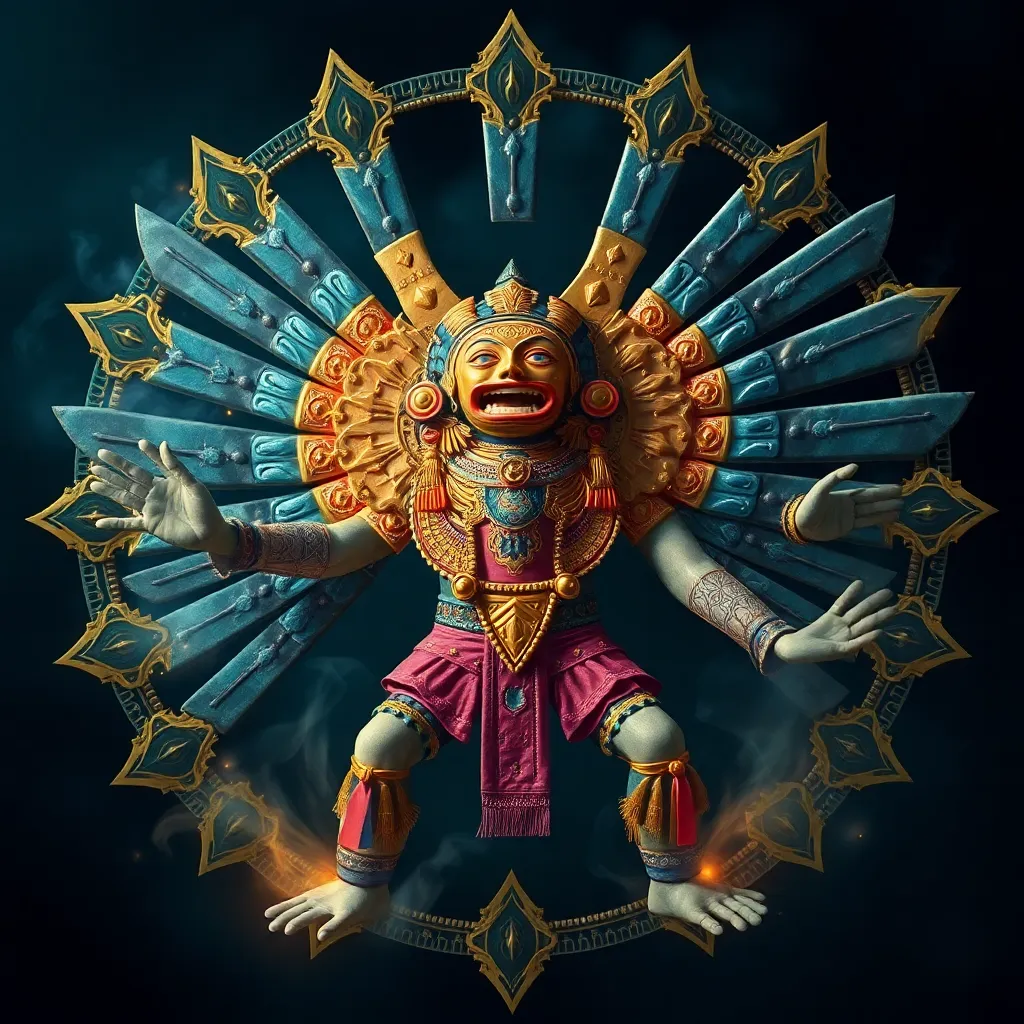Mermaid Lore: Unmasking the Mystique of the Sea’s Enchanting Creatures
I. Introduction
Mermaids, those captivating creatures of folklore, are often depicted as beings with the upper body of a human and the tail of a fish. Throughout history, they have fascinated cultures around the world, embodying a blend of beauty, mystery, and danger. As symbols of the sea, they have inspired countless stories, songs, and artworks, maintaining a prominent place in popular culture.
This article delves into the origins, variations, and cultural significance of mermaid lore, examining how these enchanting beings have evolved and continue to resonate with humanity.
II. Historical Origins of Mermaid Myths
The historical origins of mermaid myths can be traced back to ancient civilizations, where they were often revered as deities or feared as omens.
A. Ancient civilizations and their mermaid representations
- Mesopotamian and Babylonian deities: One of the earliest representations of mermaid-like figures can be found in the mythology of Mesopotamia, particularly in the character of Atargatis, the fish goddess, who was depicted as half-woman, half-fish.
- Greek mythology and the sirens: In Greek mythology, sirens were often confused with mermaids. These creatures lured sailors to their doom with enchanting songs, representing the dangerous allure of the sea.
B. The evolution of mermaid stories through the ages
Throughout the Middle Ages and into the Renaissance, mermaids transformed from fearsome creatures into romantic symbols of unrequited love and longing, especially in European folklore.
C. Cultural significance in maritime societies
In maritime cultures, mermaids were believed to be omens of storms or disasters, while sailors often hailed them as symbols of hope during long voyages. This duality reflects humanity’s complex relationship with the sea.
III. Iconic Mermaid Variations Across Cultures
Mermaids are not a monolithic phenomenon; different cultures have created diverse interpretations of these aquatic beings.
A. European mermaid tales and their characteristics
European tales often portray mermaids as beautiful but dangerous, with stories like that of the mermaid Melusine, who is cursed to live as a half-serpent.
B. Asian mermaid-like creatures in folklore
- Japan: The ningyo is a fish-like creature that resembles a mermaid, known to bring misfortune or longevity depending on the tale.
- China: The legend of the “Dragon King” features aquatic beings that share traits with mermaids, often associated with rain and storms.
C. Indigenous and tribal interpretations of mermaids
Many indigenous cultures also have their own interpretations of mermaid-like beings, often tied to local myths and the natural environment. These stories emphasize the connection between people and the sea.
IV. Symbolism and Themes in Mermaid Lore
The symbolism surrounding mermaids is rich and multifaceted, reflecting various human experiences and emotions.
A. The duality of beauty and danger
Mermaids embody the duality of beauty and peril, symbolizing the enchanting yet treacherous nature of the ocean. They represent both desire and the risks associated with it.
B. Representations of femininity and sexuality
Often viewed as symbols of femininity, mermaids challenge traditional gender roles, embodying both the allure and the complexities of female sexuality.
C. Mermaids as symbols of freedom and rebellion
Mermaids are frequently depicted as free spirits, rejecting societal norms. Their aquatic existence allows them to escape the constraints of human life, making them symbols of rebellion and independence.
V. Mermaids in Literature and Art
Mermaids have made significant contributions to literature and the arts, inspiring countless works across different mediums.
A. Classic literary works featuring mermaids
- Hans Christian Andersen’s “The Little Mermaid”: This iconic story explores themes of sacrifice, desire, and the quest for identity, offering a poignant take on the mermaid mythos.
- Shakespeare’s “The Tempest”: Mermaids appear as symbols of beauty and enchantment, contributing to the play’s themes of magic and transformation.
B. Mermaids in visual arts and contemporary media
From Botticelli’s paintings to modern films like “Splash” and “The Little Mermaid,” mermaids have been depicted in various artistic expressions, showcasing their timeless appeal.
C. Impact of popular culture on modern perceptions of mermaids
Today, mermaids are often portrayed as whimsical and friendly characters, diverging from their historically dangerous roots, reflecting contemporary values and interests.
VI. The Science Behind the Myth
While mermaids are mythical beings, there are scientific explanations that may have inspired their legends.
A. Marine biology and the creatures that inspired mermaid legends
Many believe that sightings of manatees or dugongs could have inspired mermaid lore, as these marine mammals resemble the human form when seen from a distance.
B. Human fascination with the ocean and its mysteries
The ocean has always been a source of wonder and fear. The vastness and depth of the sea fuel human imagination, leading to the creation of mythical beings like mermaids.
C. Psychological aspects of mermaid mythology
Mermaid stories often tap into deep psychological themes, such as the fear of the unknown and the desire for freedom, making them resonate on a personal level.
VII. The Modern Mermaid: Revival and Reinvention
In contemporary culture, mermaids have undergone a revival, appearing in various forms of media and community celebrations.
A. Contemporary adaptations in film and television
From Disney’s animated classics to live-action adaptations, mermaids continue to capture the imagination of audiences, often portrayed in new, empowering ways.
B. The rise of mermaid-themed festivals and communities
- Mermaid parades and festivals have become popular, celebrating ocean conservation and the mermaid mythos.
- Communities of mermaid enthusiasts engage in activities such as mermaiding, where individuals don tails and swim in oceanic environments.
C. Eco-conscious movements and mermaids as environmental symbols
Modern mermaids are often depicted as guardians of the ocean, promoting environmental awareness and sustainability, reflecting a growing concern for marine conservation.
VIII. Conclusion
The allure of mermaid lore endures, captivating our imaginations and revealing our deep-seated fears and desires related to the sea. These enchanting beings serve as a bridge between humanity and the vast, mysterious ocean.
As we continue to explore and reinterpret mermaid mythology, we gain insights into our relationship with the natural world and the importance of storytelling in shaping our understanding of it. The future of mermaid mythology remains bright, promising continued fascination in an ever-changing world.




